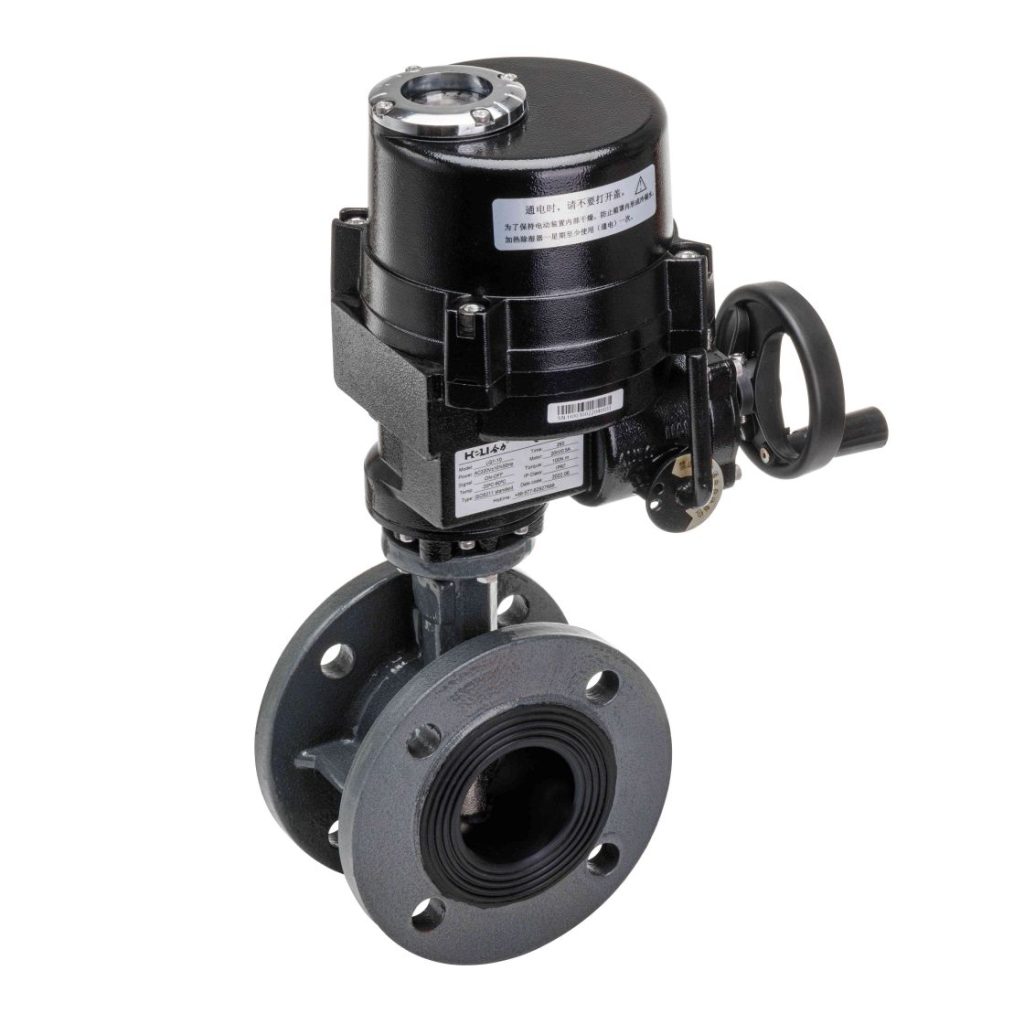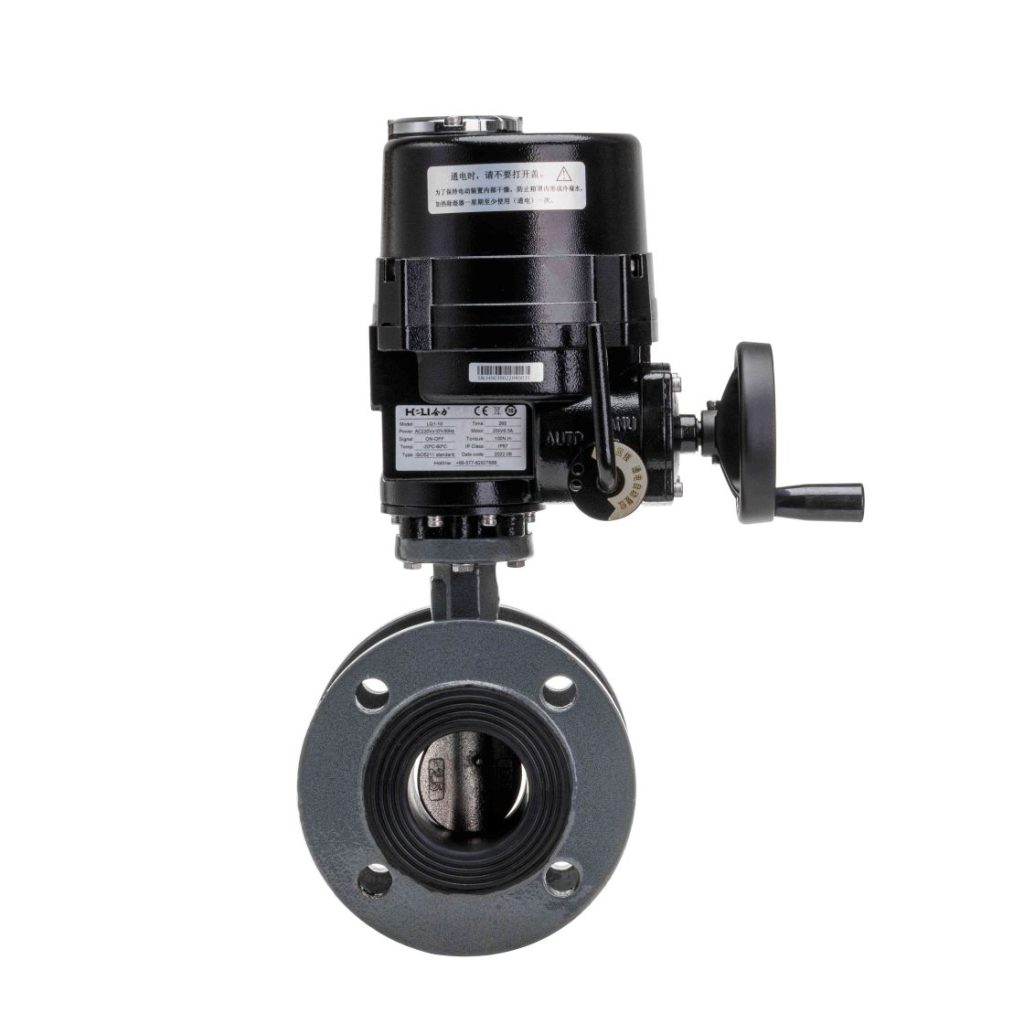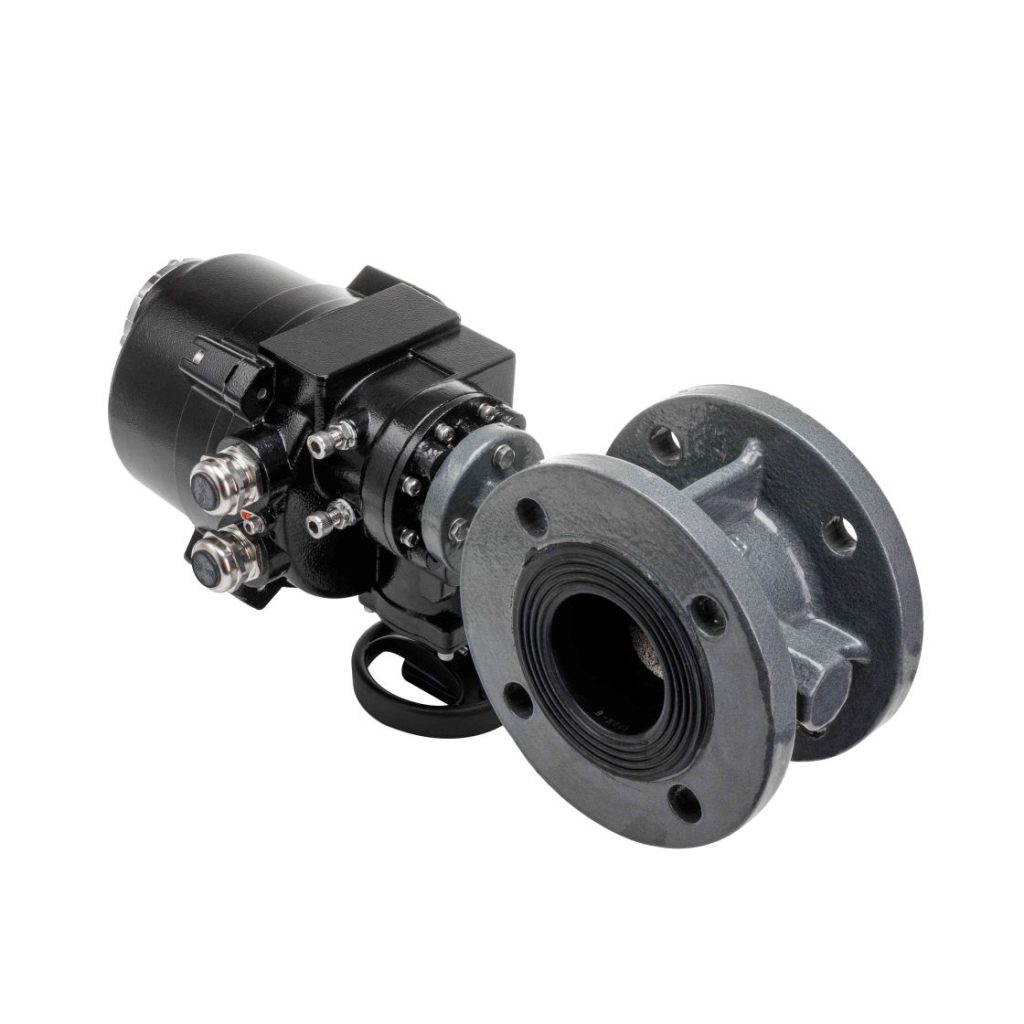The Stainless Steel Electric Rotary Ball Valve is a critical component in many industrial and commercial applications, offering a reliable and automated solution for controlling fluid flow within pipelines. This advanced valve combines the durability of stainless steel with the precision of electric actuation, providing a versatile and efficient control mechanism for a wide range of processes. In this article, we will explore the features, benefits, and applications of this essential valve, shedding light on its significance in modern fluid control systems.

What is a Stainless Steel Electric Rotary Ball Valve?

A Stainless Steel Electric Rotary Ball Valve consists of two main components: a stainless steel ball valve and an electric actuator. The valve itself is designed with a spherical ball that has a hole or port through the center. This ball rotates to either open or close the flow path of the pipeline. The rotation of the ball is controlled by the electric actuator, which receives signals (e.g., 4-20mA, 0-10V) to precisely position the ball. The stainless steel construction provides exceptional resistance to corrosion, making this valve ideal for use in harsh environments where chemicals, high temperatures, or pressure could cause degradation to other types of valves.
